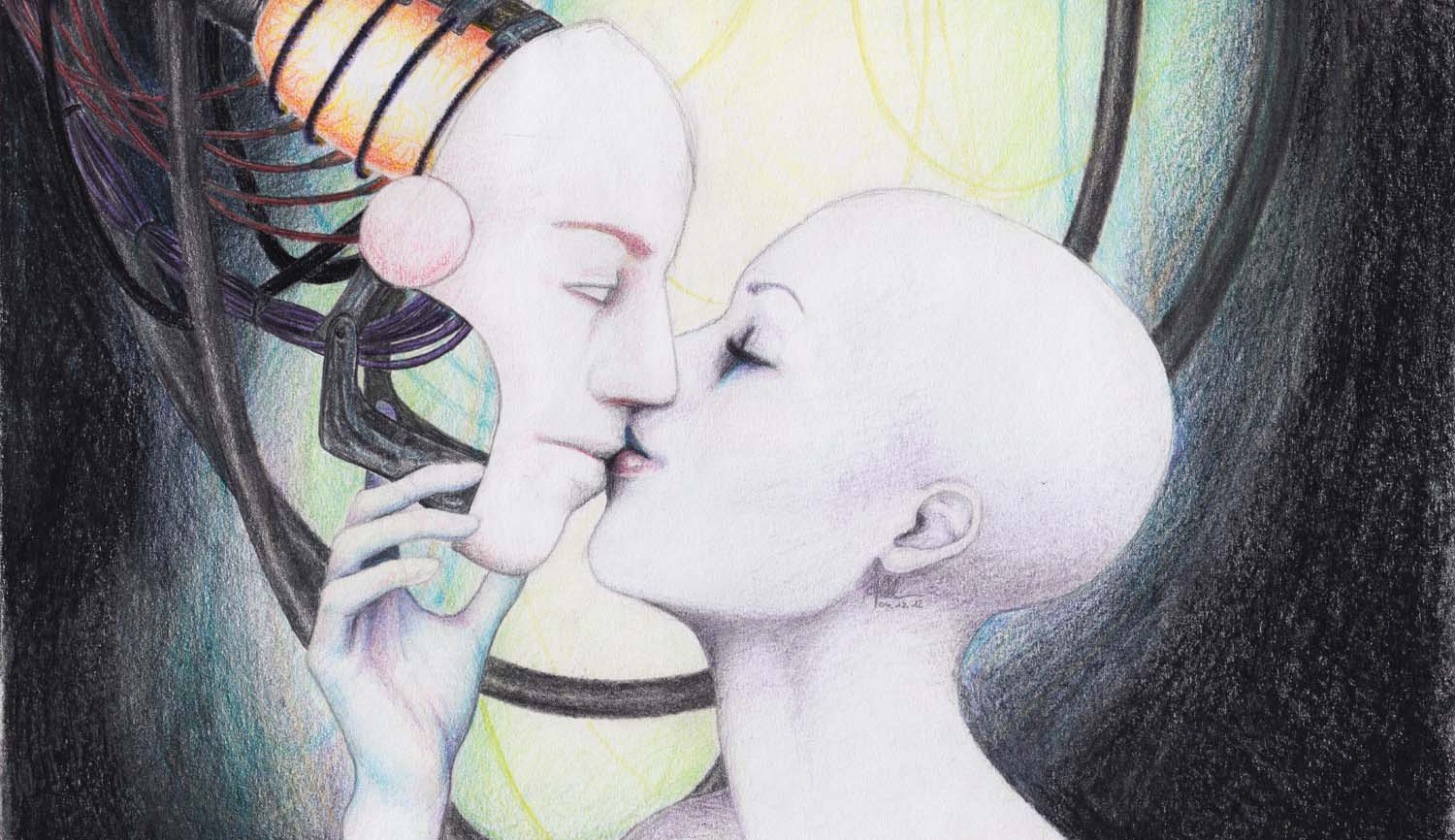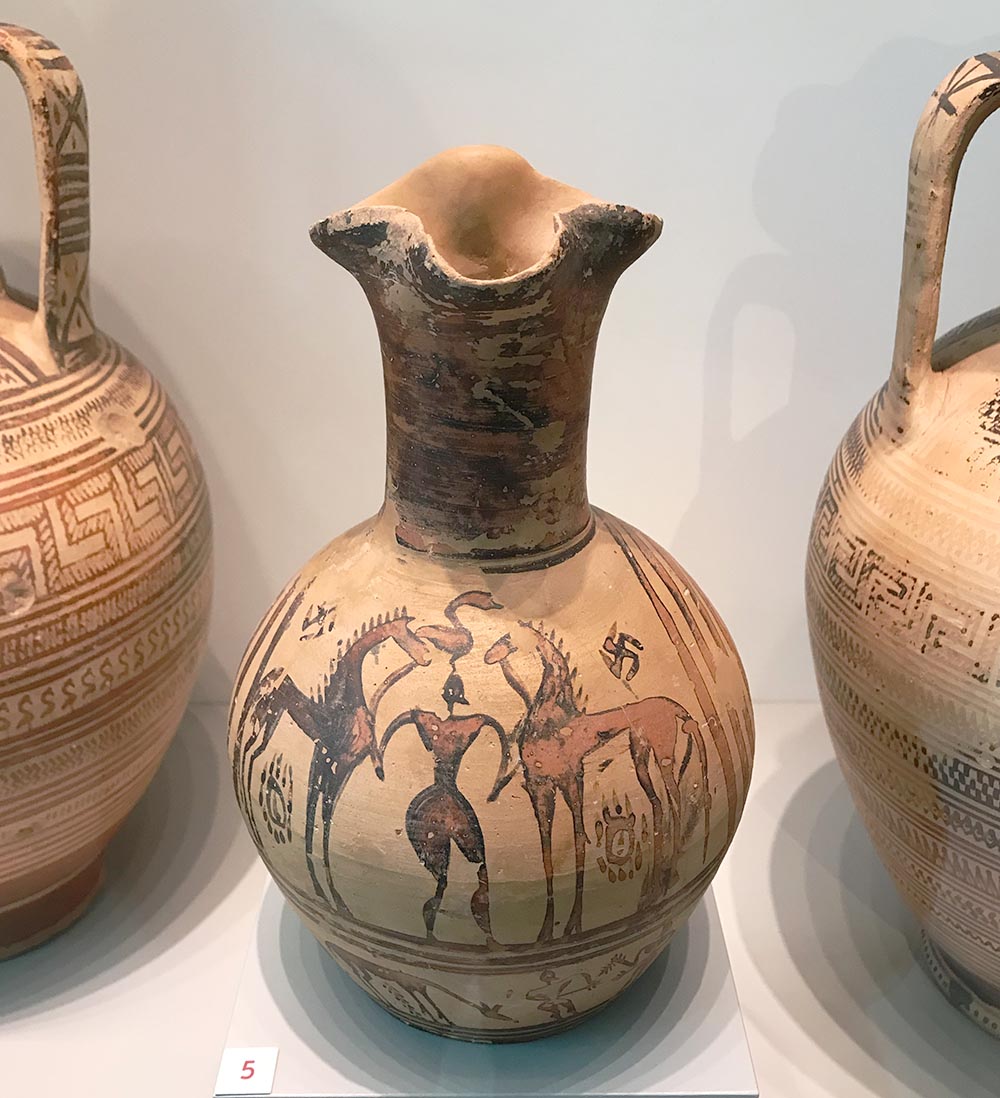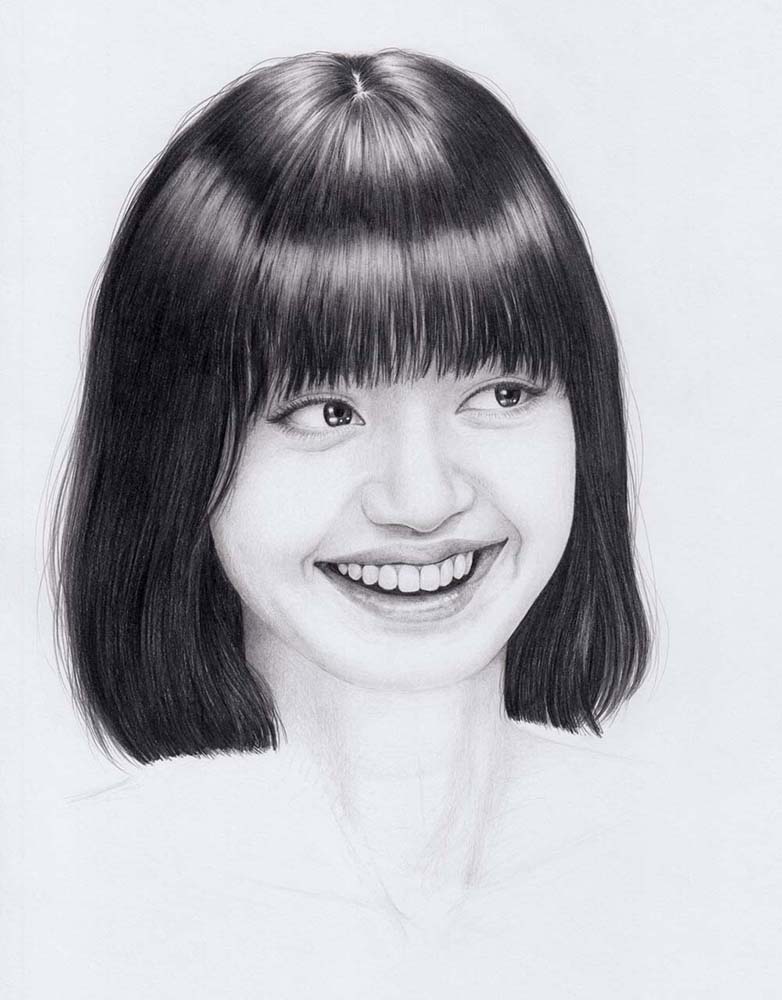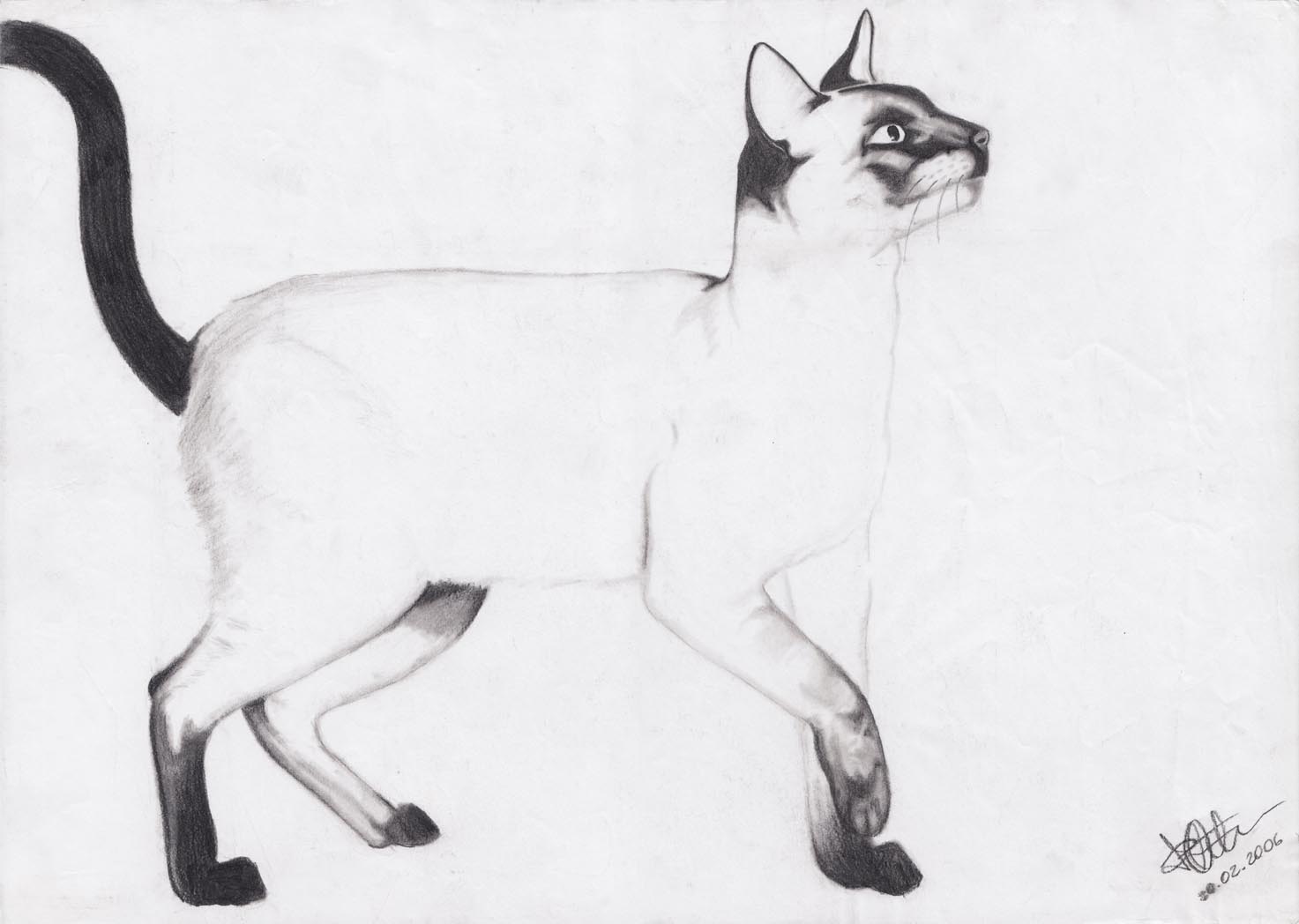
Drawing in Traditional Art
Different types and functions of drawings
People have been drawing since the earliest times, although the material used has changed significantly over time. The oldest drawings are found on cave walls, nowadays the most used material is paper, although digital drawings are also becoming increasingly popular.
No matter what materials or supplies are used, all drawings are always bound to the line and surface. With the help of these two means of design, lines and outlines of an object, a landscape, or a living being are represented.

The Definition of Drawing
In short, a drawing is an illustration in which a motif is depicted by design means such as the dot, line, and area.
Drawings can be distinguished according to the supplies used or according to their function.

Different Types of Drawings
One way to define the type of a drawing is to look at what tool was used to draw it.
Pencil Drawing
For pencil drawings, the artist usually uses a wide range of pencils. The different pencils’ hardnesses allow the artist to draw in different darknesses. This way, soft gradients where the different shades of gray blend smoothly into one another.
A great advantage of pencil drawings is that mistakes can be corrected with an eraser.
One disadvantage is that pencil drawings shimmer depending on how the light falls on them, and this can be particularly annoying when drawing in low light conditions as it’s hard to see the drawing correctly.

Charcoal Drawing
A charcoal drawing is made with a piece of charcoal or a charcoal pencil. The charcoal pencil allows a precise piece of work, although you can also work just as precisely with a sharpened piece of charcoal. However, the charcoal piece is often used for a flat application.
For smooth transitions in charcoal drawings, use a paper wiper to smudge the charcoal dust on the paper in a controlled manner. There is no need to worry about mistakes in a charcoal drawing either. Charcoal can be corrected well with an eraser if it is not applied too strongly.
While charcoal is known to smear, it has the advantage over pencils in that the pigments are matte. Black charcoal is really black compared to a soft pencil. You can counteract smearing by using a special fixative spray. The cheaper alternative to this is hairspray.

Ink Drawing
In an ink drawing, ink is applied to the drawing surface with a nib pen. Back then, real goose feathers were used for this purpose, but today it is nibs made of metal.
Transitions succeed only through various hatching techniques when drawing with ink. Gradients, as in pencil or charcoal drawings, are not possible.
For smoother transitions, one can reach for a brush and dilute the ink with water before applying it, in which case it is technically no longer a pure ink drawing, but a form of ink painting.

Functions of Drawings
Artistic Drawing
In artistic drawings, the artist leaves more room for his own creativity. The drawing does not have to be exact; rather, the overall impression is in the foreground. For this type of drawing a photo is often used as a reference.
The drawing can either reproduce the photo exactly or only capture selected details and omit others. In addition, elements can be added that were not originally present in the photo.
Comic Drawing
A comic is a story told using drawings. The individual images are called panels, and they are arranged one below the other or next to each other.
The word “comic” comes from the English “comic strip”, which can be translated as “humorous drawing”.
Comics became particularly popular in the United States in the 1930s. The most famous comic characters include Superman, Batman, and Spider-Man. In Europe, too, there are many well-known comics, such as Asterix and Obelix or Lucky Luke.
Functional Drawing
A functional drawing is made for a specific purpose and serves, for example, as a blueprint for a product to be produced later. It contains all the necessary dimensions and data such as angles and radii.
Such drawings are not only found in industry but also, for example, in architecture.
Exactness and clarity are important here so that everyone involved understands the drawing correctly and can work with it later.
Even if perspective drawings or axonometric projections are often used in functional drawings today, isometric projection continues to play an important role in many cases because it is particularly easy to understand.
Studies
In drawing studies, one focuses particularly on certain details, such as hands. The arms or the rest of the human body would be irrelevant in such a study and would not be drawn.
Sketch
A sketch is a simplified representation of an idea, moment, or figure using only a few strokes. For example, in architecture, a sketch may be a representation of a planned building that one submits to a client for illustration. Or, in a café, you might capture the moment behind the counter by putting a quick drawing on paper with the most important information.
Technical Drawing
Technical drawings are often confused with functional drawings. However, technical drawings have a different purpose: They should make a product understandable for everyone involved in its manufacture - regardless of whether they are engineers, assembly workers, or marketing employees.
To achieve this goal, technical drawings use specific symbols and abbreviations that are regulated by standards. In addition, the dimensions and proportions of the product to be manufactured must be specified as precisely as possible.
As a result, technical drawings are often more complex than functional drawings.
What is the Difference to Painting?
In painting, the motif is depicted by the application of paint over a wide area, while in drawing the line dominates. However, a drawing or a detailed sketch often serves as the basis for a painting.
In watercolor painting, it is even intentional that the drawing or sketch can be seen through the watercolor.

Similar Posts